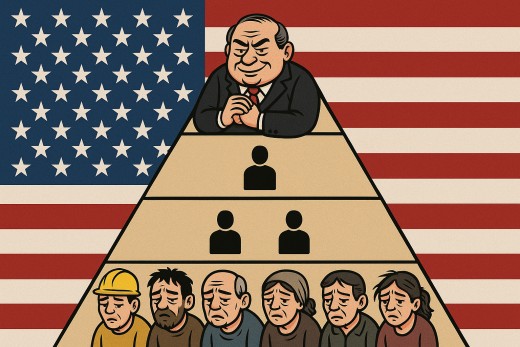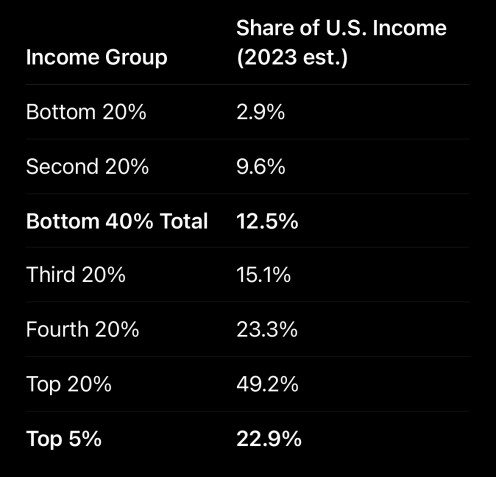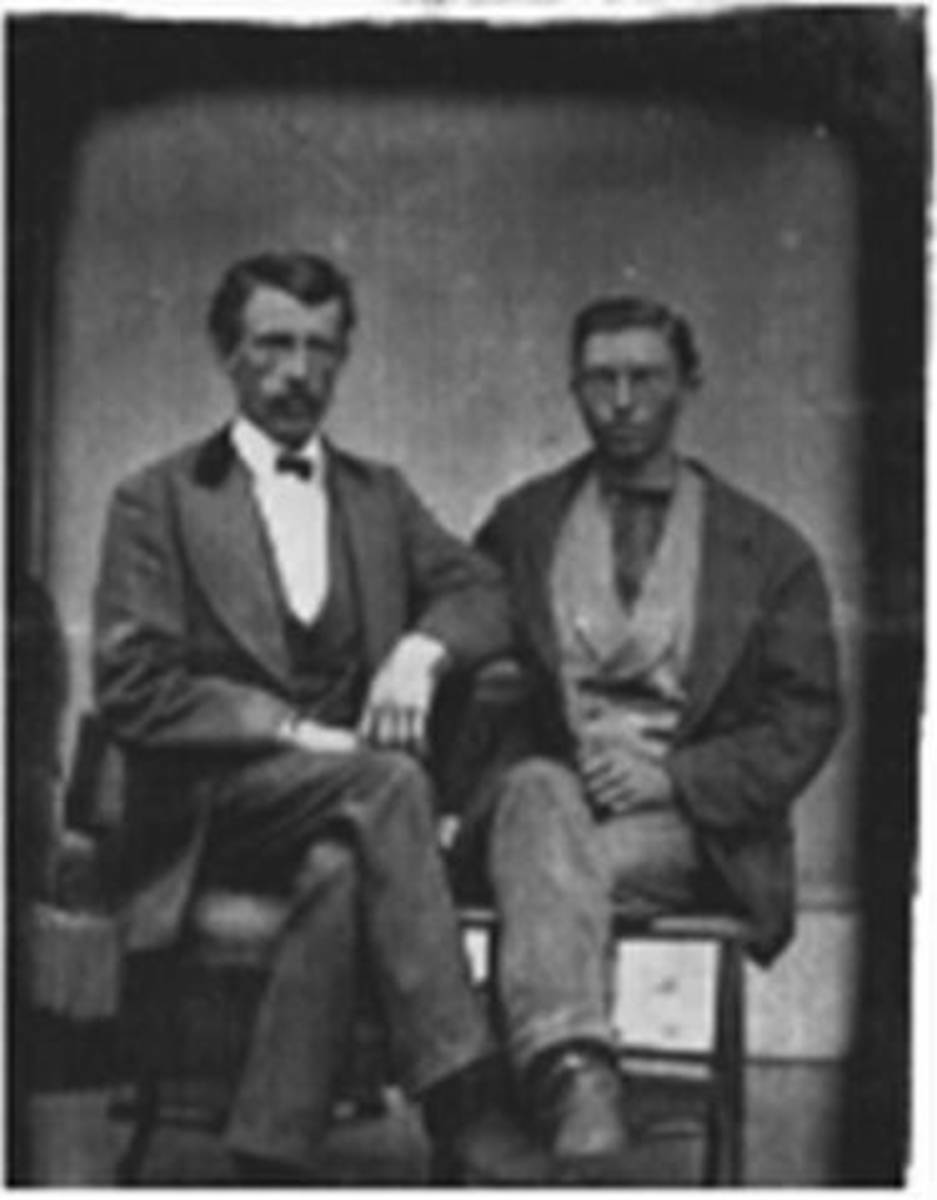The American Scheme

The Original American Dream: What Was It Really?
The original American Dream wasn’t about wealth, fame, or homeownership. It was the radical idea that ordinary people, not kings or aristocrats, could shape their own destinies. Coined by historian James Truslow Adams in 1931, the term referred to “a better, richer, and happier life for all our citizens,” regardless of class or birth. At its core, the American Dream promised upward mobility through hard work, integrity, and equal opportunity rather through exploitation, inheritance, or political connections.
In the 18th century, early settlers and revolutionaries dreamed of escaping feudal systems and oppressive monarchies. They envisioned a society where personal merit mattered more than noble blood. The Declaration of Independence echoed these values, asserting the rights to “life, liberty, and the pursuit of happiness”. A bold rejection of rigid class structures. For many, the Dream was about self-reliance, freedom from tyranny, and the chance to live with dignity.
James Truslow Adams (1931)
“The American Dream is that dream of a land in which life should be better and richer and fuller for everyone, with opportunity for each according to ability or achievement.”

How the American Dream Was Repackaged
- From Freedom to Consumerism. Originally rooted in liberty and equal opportunity, the American Dream was gradually rebranded as a lifestyle of consumption. Measured by possessions rather than purpose.
- The Post-War Pivot. After WWII, the Dream shifted toward suburban homeownership, car ownership, and a nuclear family ideal. GI Bill benefits helped some families prosper, but largely excluded Black Americans and other marginalized groups.
- Advertising Took Over. Corporations promoted the idea that success meant buying your way to happiness. Madison Avenue sold the Dream as something you could own. If you worked hard and bought the right things.
- Policy Backed the Illusion. Government policies like redlining, highway expansion, and suburban zoning fueled a vision of middle-class prosperity. While deliberately isolating or excluding the poor and non-white populations.
- A Dream for Sale. What was once a collective aspiration became a marketing slogan. The Dream wasn’t about fairness anymore. It became about image, status, and profit.
Hunter S. Thompson (1971)
“The American Dream really died in the 1960s… It was a generation bred on excess, blown out by greed.”

Who the Dream Left Behind
- Black Americans. After slavery ended, systemic racism from Jim Crow laws to redlining denied Black families access to education, homeownership, and generational wealth. The GI Bill helped white veterans build the middle class, but Black veterans were often shut out by local banks and colleges.
- Indigenous Peoples. While settlers chased “freedom,” Native communities were displaced, massacred, and forced onto reservations. The American Dream was built on stolen land. The Indigenous people were never invited to dream along.
- Women. For most of U.S. history, women couldn’t vote, own property, or control their own money. The Dream centered on male breadwinners while women were expected to serve that dream, not shape their own.
- Immigrants and the Working Poor. The Dream promised that hard work could lead to success, but many immigrants and laborers worked punishing hours for poverty wages. Today, millions still do without healthcare, security, or upward mobility.
- Modern Youth. College used to be a ticket to success; now it often leads to crushing debt. Wages haven’t kept up with the cost of living, and Gen Z and Millennials are less likely to own homes than any generation before.
The Dream Skipped Entire Generations
Indigenous people were displaced. Black families were redlined. Women were shut out. And today’s youth are drowning in debt just for a shot at survival.
Exposing the Scheme
The American Dream isn’t broken. It’s functioning exactly as designedfor the wealthy. What started as a vision of fairness and possibility has been twisted into a rigged system that rewards privilege and punishes struggle. If you’re born rich, the Dream is your birthright. If you’re not, you’re told to work harder, sacrifice more, and somehow blame yourself when the system swallows you whole.
This isn’t about freedom or merit. It’s about control. The powerful stay in power by feeding people false hope while pulling the strings behind closed doors. Politicians smile for the camera while cutting deals that gut your future. Billionaires bankroll the laws that keep you desperate. And while everyday Americans are busy fighting each other, the people at the top keep cashing in.
Income Inequality in America: Bottom 40% vs Top 5%

The Reality vs The Dream
The American Dream was never built for everyone. It promised freedom and fairness, but delivered a system that rewards the already powerful while blaming the rest for struggling. What was once a call for dignity turned into a sales pitch. Something to keep people chasing while the wealthy rigged the rules in their favor.
It’s not a dream anymore. It’s a distraction.But seeing it for what it is isn’t the end. It’s the start. Once we stop chasing the illusion, we can start demanding something real.
Sources
- Trends in U.S. income and wealth inequality | Pew Research Center
Barely 10 years past the end of the Great Recession in 2009, the U.S. economy is doing well on several fronts. The labor market is on a job-creating - EPI Data Library
The State of Working America Data Library provides researchers, media, and the public with easily accessible, up-to-date, and comprehensive historical data on the American labor force. It is compiled from Economic Policy Institute analysis of governm - Income Inequality / Wealth Gap
Census Bureau Table H‑2 (Excel download) - Foundational Source: Original American Dream
James Truslow Adams (1931) coined the term








